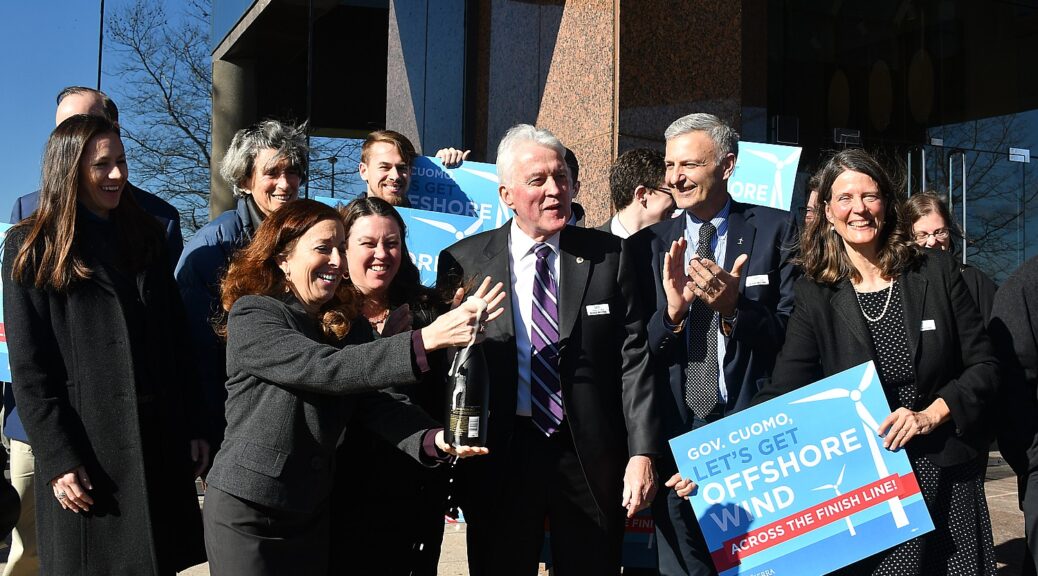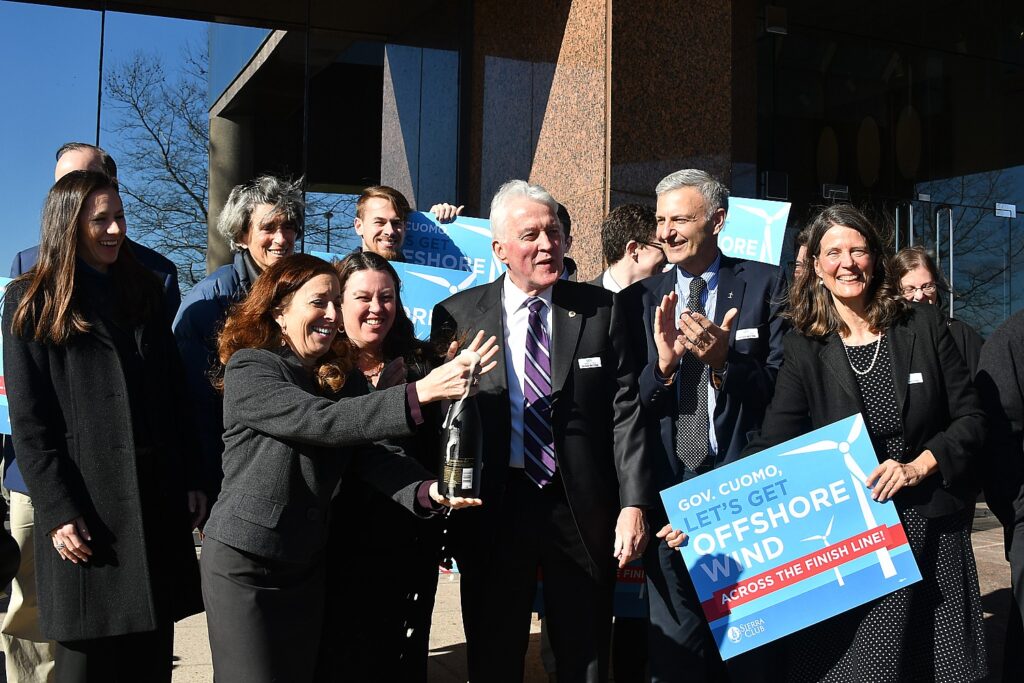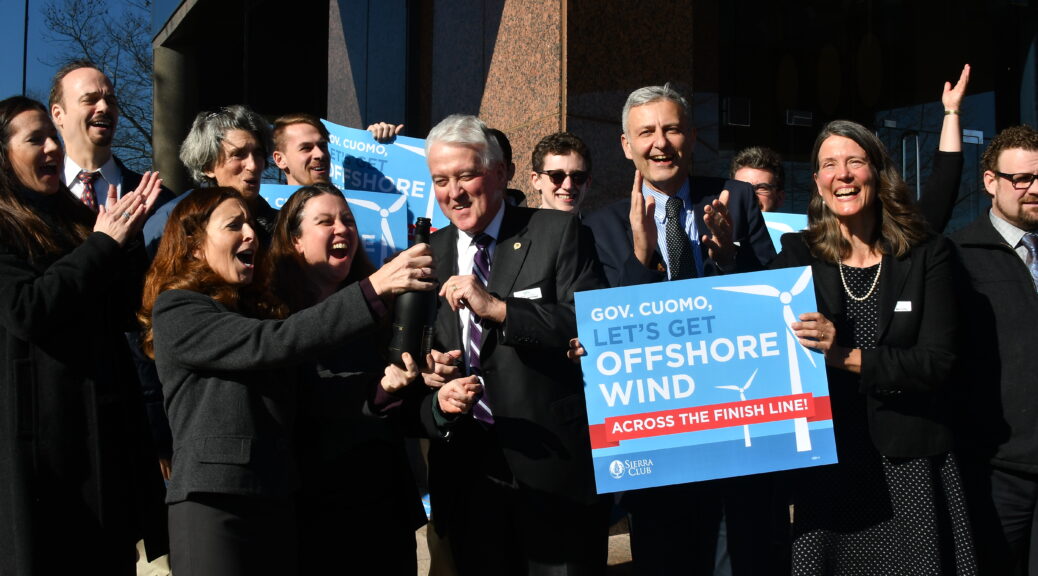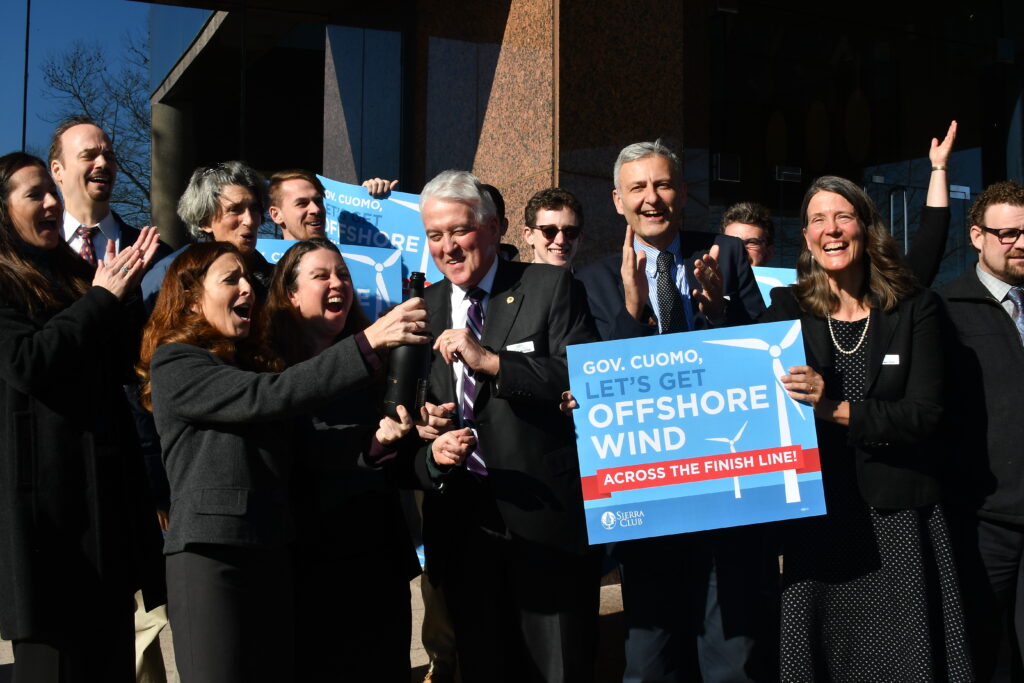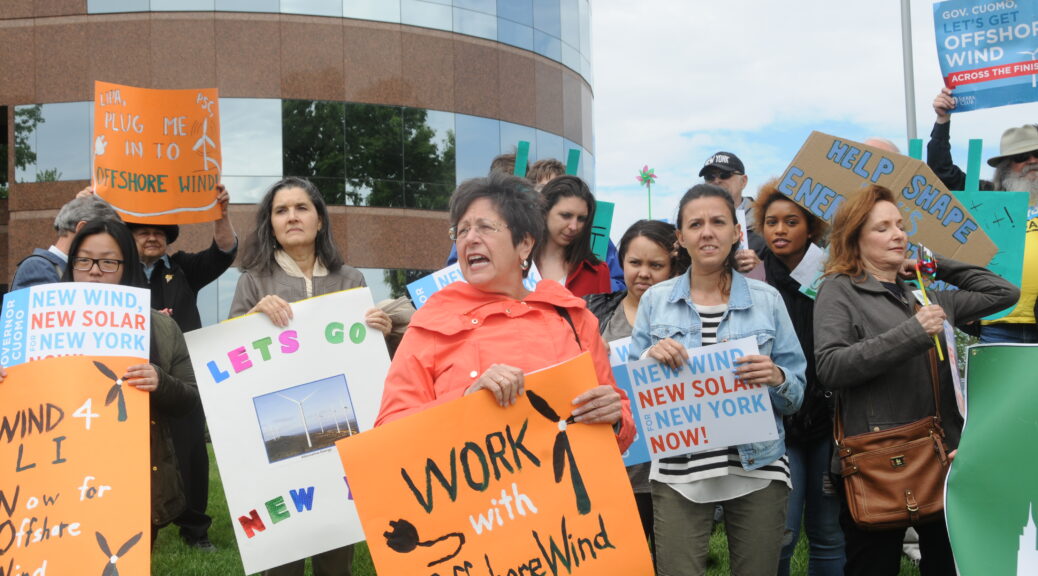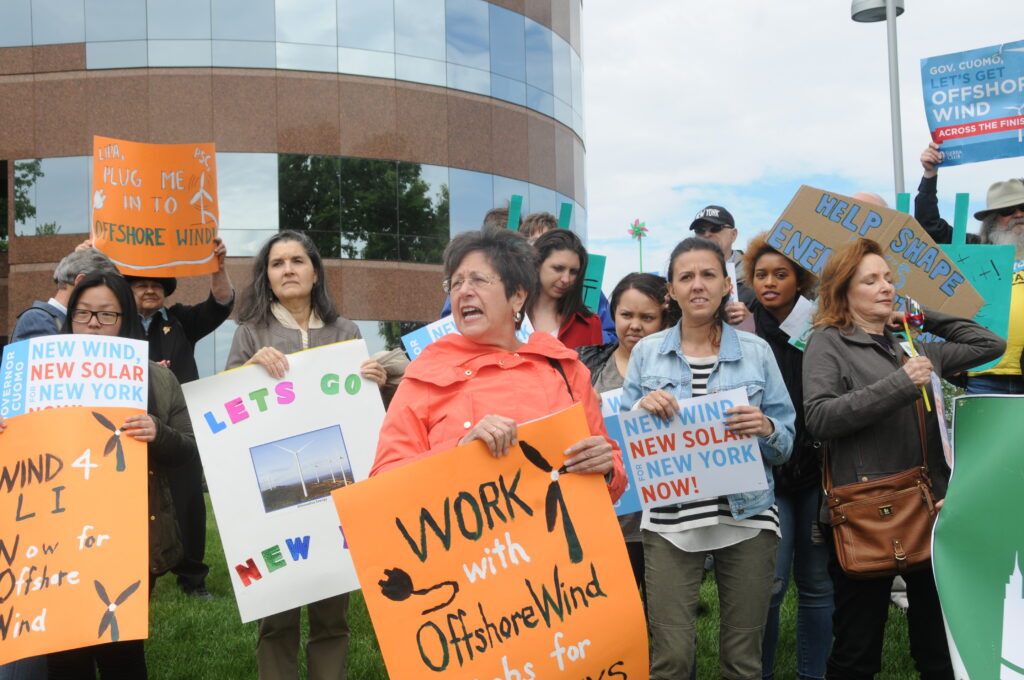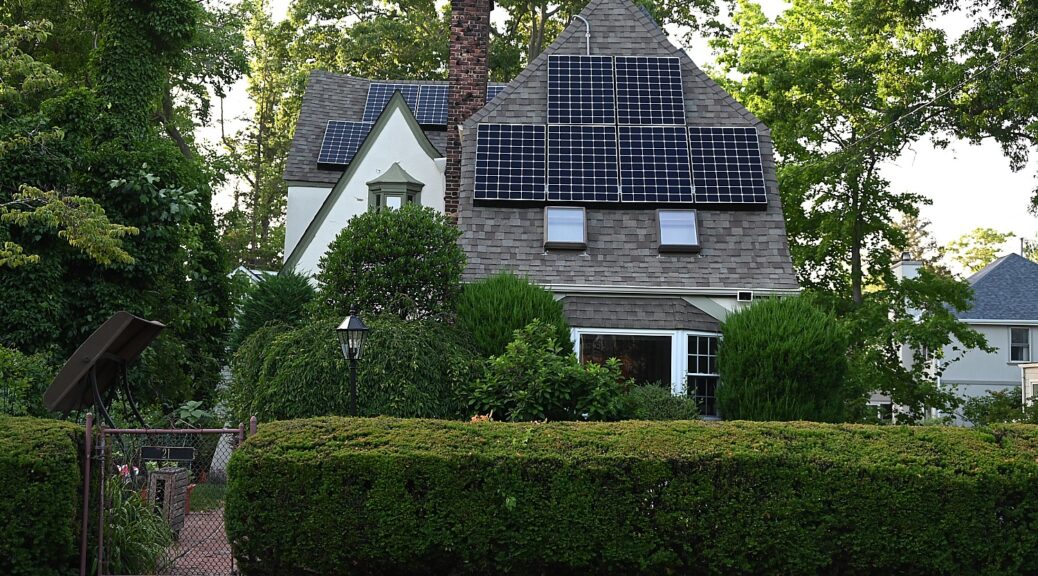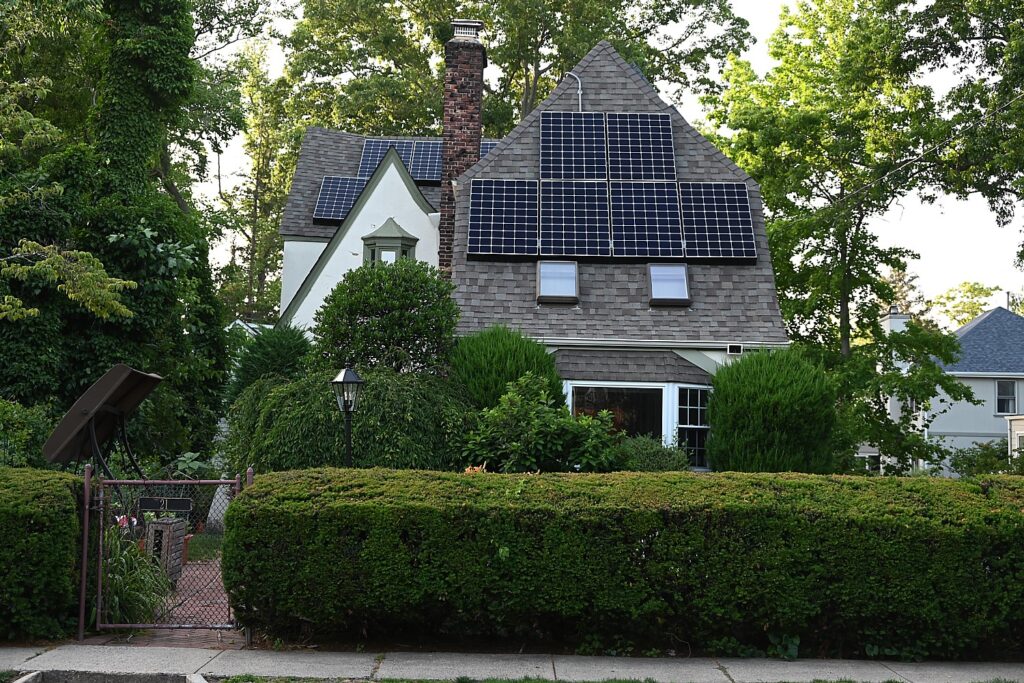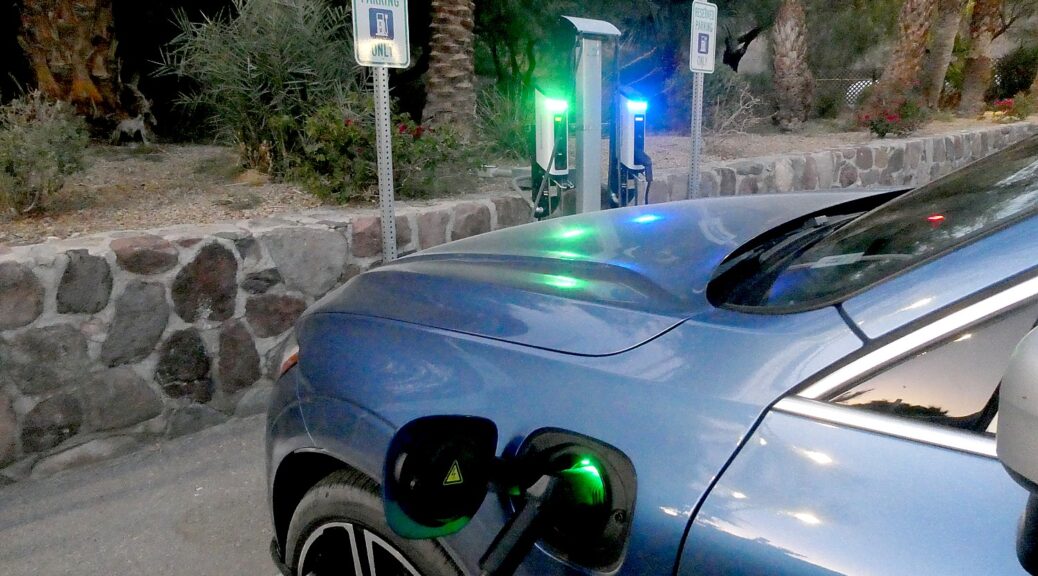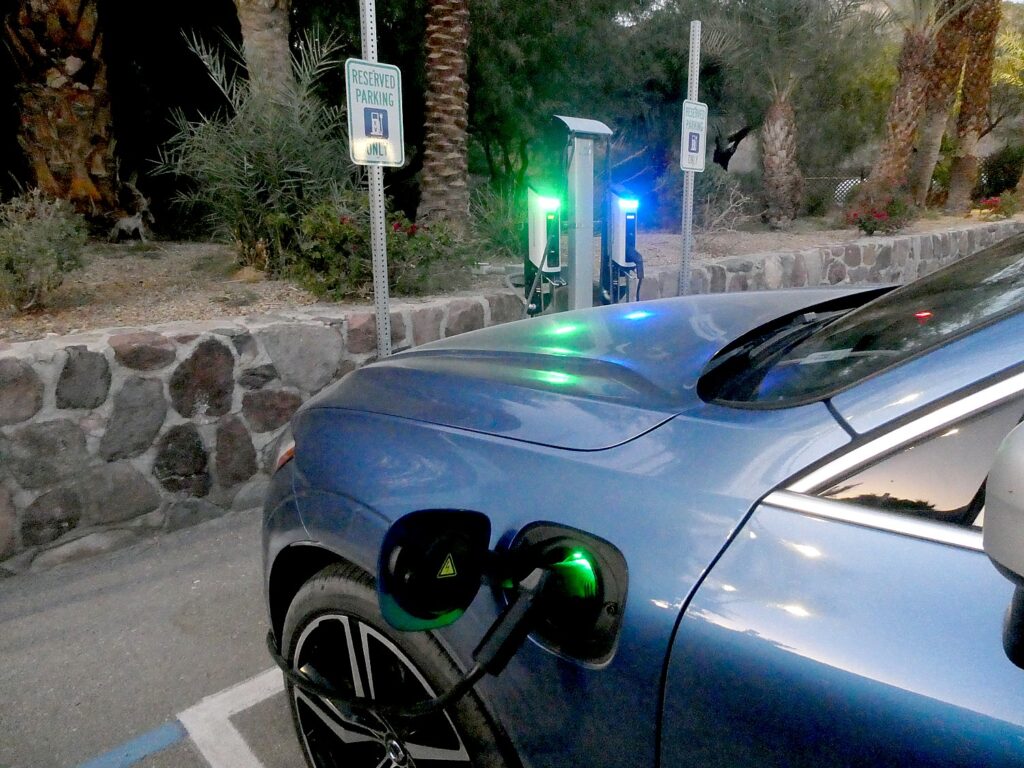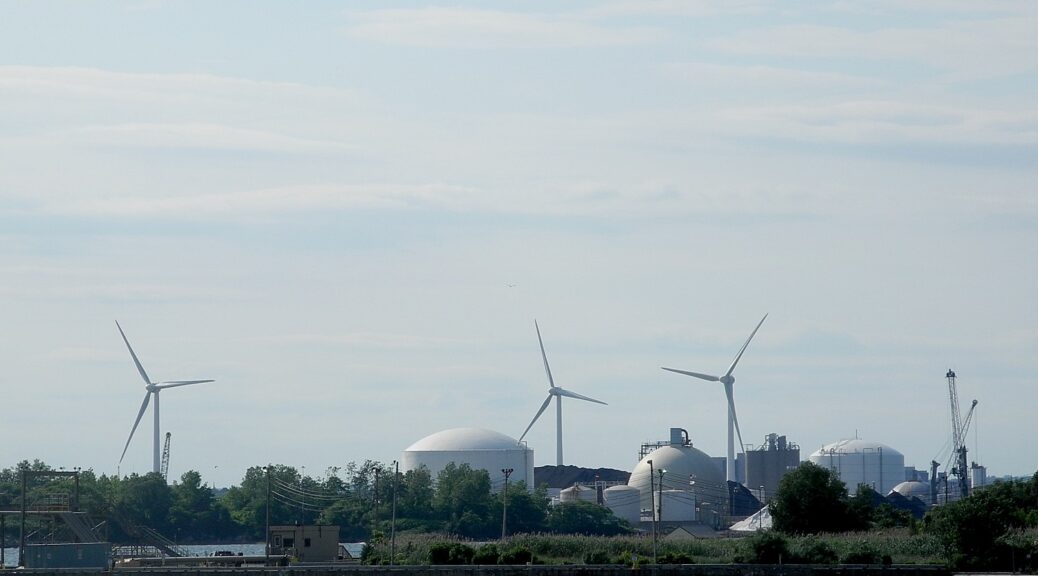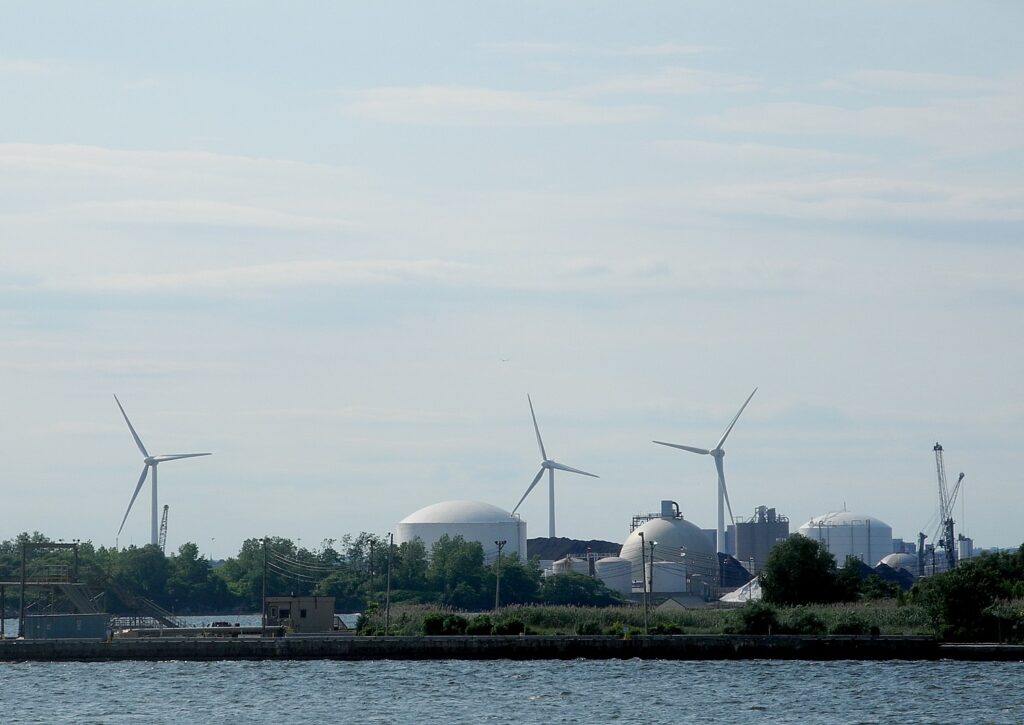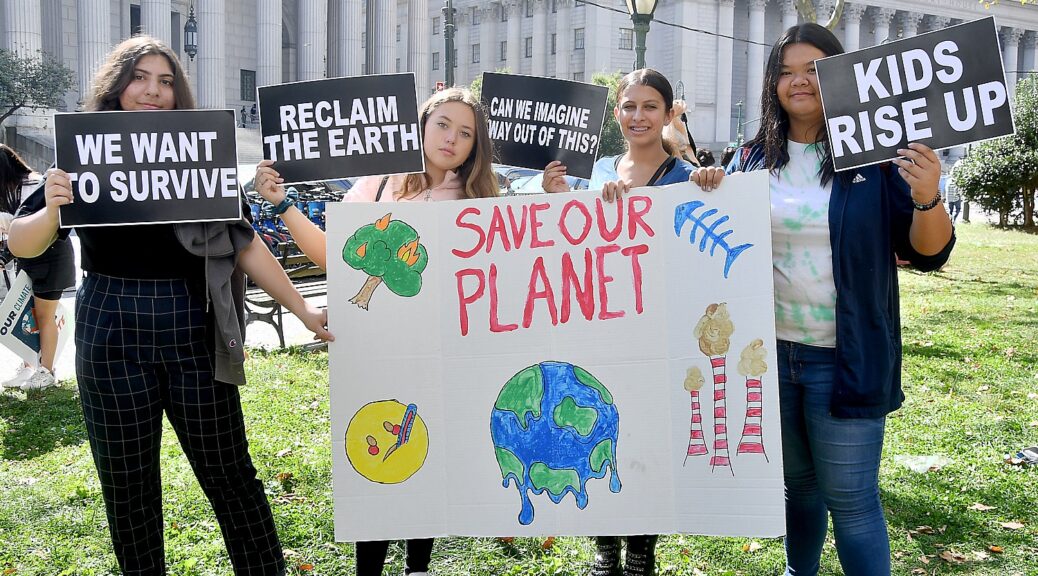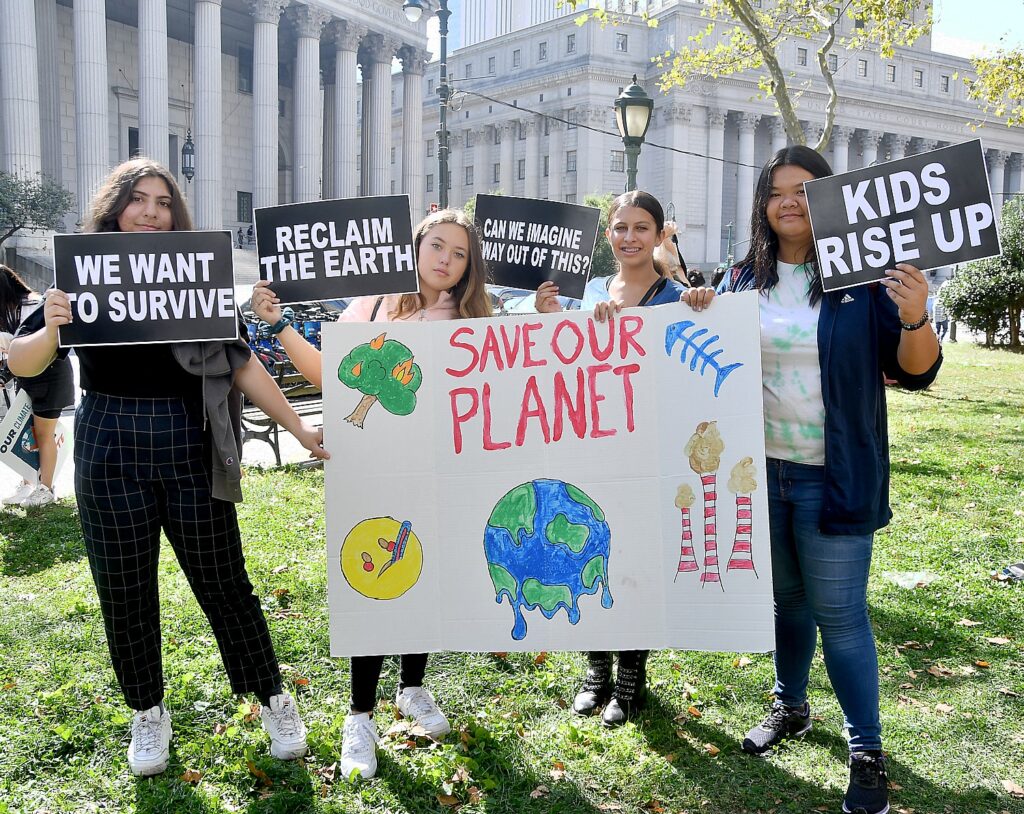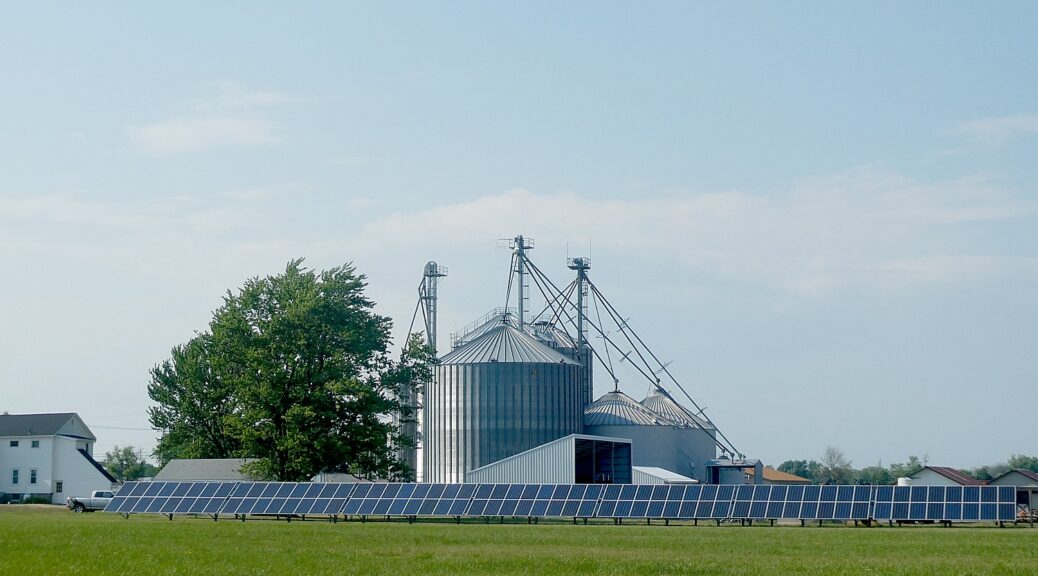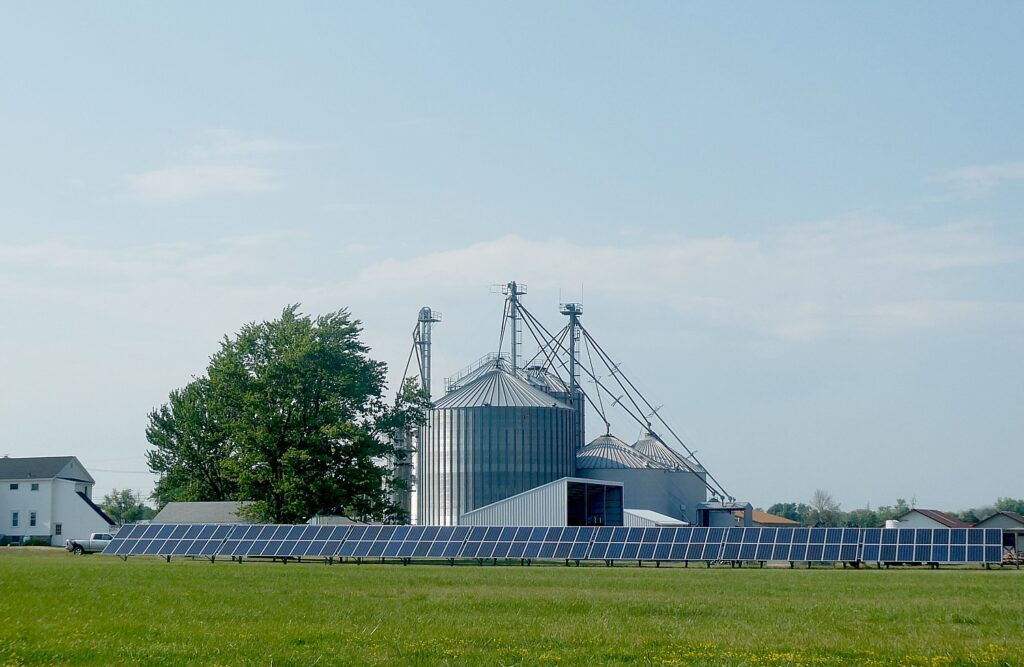U.S. Army Corps of Engineers to Invest $14 Billion from President’s Bipartisan Infrastructure Law and Other Appropriations to Strengthen Port and Waterway Supply Chains and Bolster Climate Resilience
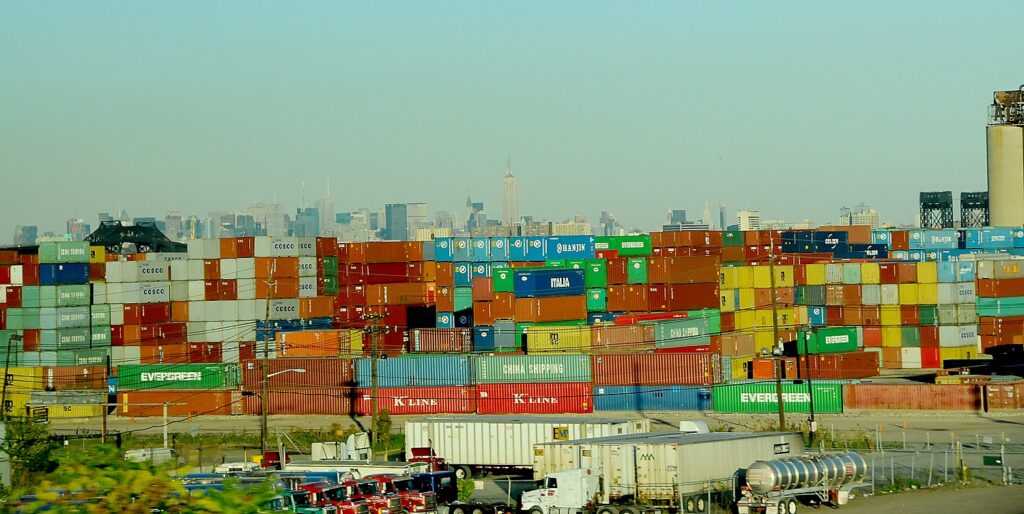
The Biden Administration issued a fact sheet detailing its historic $14 billion investment in the nation’s ports and waterways – funding in fiscal 2022 for over 500 projects across 52 states and territories that will strengthen the nation’s supply chain, provide significant new economic opportunities nationwide, and bolster our defenses against climate change, and address a source of inflation while creating jobs:
Modern and resilient infrastructure strengthens our supply chains, supports U.S. competitiveness and economic growth, and protects communities from the accelerating impacts of climate change. Yet, decades of under-investment and neglect have left our nation’s infrastructure – from ports and waterways to levees and dams to the aquatic ecosystems that supply our water and energy – vulnerable to climate change and struggling to keep up with our strong economic recovery from the pandemic.
Recognizing the vital role of modern, resilient infrastructure in reducing costs for American families and businesses, President Biden secured unprecedented investments through the Bipartisan Infrastructure Law for the U.S. Army Corps of Engineers to increase climate resilience and make long overdue improvements at ports and waterways, as well as additional funds through supplemental appropriations to help impacted states and Tribes recover and become more resilient to natural disasters. Today, the Biden-Harris Administration is announcing that it will invest more than $14 billion of this funding in fiscal year 2022 for over 500 projects across 52 states and territories. These key projects will strengthen the nation’s supply chain, provide significant new economic opportunities nationwide, and bolster our defenses against climate change, including through:
- The largest single investment ever to restore and revitalize the Everglades in Florida.
- Expanding capacity at some of the nation’s largest and fastest-growing ports, including the Port of Long Beach.
- Commitments to help underserved coastal communities build back more resilient from extreme weather.
A full list of projects receiving funding from the Bipartisan Infrastructure Law and other appropriations can be found HERE.
The investments announced today further advance the President’s Justice40 commitment to ensure that 40 percent of the overall benefits of Federal climate and clean energy investments flow to historically marginalized, underserved, and overburdened communities to build their economies. The investments also underscore how President Biden’s Bipartisan Infrastructure Law is delivering results to communities across America, advancing racial equity, combatting climate change, and creating job opportunities for American workers.
In just over two months since the President signed the historic legislation into law, the Administration has already mobilized resources to connect Tribal Nations to reliable, high-speed internet, replace, repair, and rehabilitate bridges across the country, upgrade critical infrastructure at 3,075 airports, update America’s aging water infrastructure, sewerage systems, pipes and service lines, stop toxic waste from harming communities, and more. With these additional investments, the U.S. Army Corps of Engineers will initiate projects in fiscal year 2022 that:
STRENGTHEN DOMESTIC SUPPLY CHAINS
American ports and waterways are a cornerstone of the U.S. economy. According to the 2021 Report Card for America’s Infrastructure Report issued by the American Society of Civil Engineers (ASCE), in 2018, America’s ports supported more than 30 million jobs and approximately 26% of our nation’s GDP. However, decades of neglect and underinvestment have strained their capacity and jeopardized supply chains.
Building on the work this Administration has done this past year to get goods flowing from ships to shelves faster, the U.S. Army Corps of Engineers is committing $4 billion through the President’s Bipartisan Infrastructure Law to expand capacity at key ports, allow passage of larger vessels, and further enhance the country’s ability to move goods. These waterside investments will compliment landside investments at our ports and across the goods movement chain such as the Port Infrastructure Development Grants announced in December. Specific projects for fiscal year 2022 include work to:
- Enhance the Country’s Ability to Move Goods. America’s waterways are vital to getting goods moving faster and more efficiently through the nation. Recognizing the role of inland waterways in creating and sustaining jobs, relieving landside congestion, and providing more cost-effective transportation capacities, the Administration will provide $858 million to support the replacement of locks that keep water levels high enough for large cargo ships to pass through the upper Ohio River, west of Pittsburgh. The Administration will also provide more than $470 million to complete construction of a new lock along St. Mary’s River in Sault Saint Marie, Michigan, which serves as a passageway for nearly all domestically-produced iron ore. These funds will build on the Department of Transportation’s recent investments to enhance the movement of goods along the nation’s navigable waterways.
- Reinforce America’s Largest Port Complex. The Administration will invest $8 million to improve commercial navigation and allow larger and more ships to pass at the Port of Long Beach, California – part of the nation’s largest port complex. The investment will support design work to widen the port’s main channel, deepen the entrance channel, and build an approach channel and turning basin. It also builds on the $52 million grant the Administration previously announced to support the Port of Long Beach’s on-dock rail facility, as well as a multi-billion dollar loan agreement with California to modernize the state’s ports, freight, and other goods movement infrastructure.
- Move More Goods Faster at One of the Nation’s Fastest Growing Ports. The Administration will invest $69 million to improve navigation and expand capacity at Norfolk Harbor, Virginia, which handled 67 percent more containers in 2021 than it did 10 years ago. Work will include deepening and widening the harbor’s shipping channels to improve navigation and enable safer access for larger commercial and naval vessels, and to provide significant new economic opportunities to the region.
BOLSTER THE NATION’S DEFENSES AGAINST CLIMATE CHANGE AND ADVANCE ENVIRONMENTAL JUSTICE
Damage from extreme weather events and natural disasters, including those from Hurricane Ida, were estimated to cost the United States at least $141 billion in 2021, and is expected to increase significantly in the coming years. President Biden knows that down payments now to bolster the resilience of our infrastructure to climate change will save Americans money in the long run. The Biden-Harris Administration will commit $5.5 billion through the President’s Bipartisan Infrastructure Law to better protect communities from climate change, and protect vital ecosystems and the people and businesses throughout the country that rely on them.
For instance, the funding from the President’s Bipartisan Infrastructure Law announced today will:
- Restore and Protect Critical Ecosystems and Water Supplies, Including the Everglades. The Administration is making the largest single investment in the Everglades in U.S. history. The iconic American landscape provides drinking water supply for over 8 million Floridians, supports the state’s $90 billion tourism economy, and is home to dozens of endangered or threatened species. However, rising sea levels and other climate change impacts are endangering this vital ecosystem and the people, businesses, and habitats it supports. Through President Biden’s Bipartisan Infrastructure Law, the Army Corps will invest $1.1 billion to restore, protect, and preserve the South Florida ecosystem and increase its resilience to the impacts of climate change. These funds will support improvements to the Everglades by capturing and storing excess surface water runoff, reducing excess water releases to water conservation areas, and minimizing seepage losses during dry periods.
- Advance Environmental Justice. The investments announced today will further deliver on the President’s Justice40 commitment to ensure that 40 percent of the overall benefits from Federal investments in climate and clean energy flow to disadvantaged communities in building their local economies. The Administration will provide $163 million to restore the Cano Martin Pena urban tidal channel and surrounding areas of the San Juan Bay National Estuary. The urban waterway project will significantly improve the health and welfare of the surrounding communities in San Juan by reducing exposure to contaminated waters and sediments, improving water quality, and restoring fish and mangrove habitat. The Administration is also committing $40 million to the Espanola Valley, Rio Grande and Tributaries, New Mexico to restore and protect 958 acres of aquatic and riparian habitats. These habitats are critical to the functioning of the third longest river in the country, and are an integral part of constructing social identity and transmission and retention of traditional knowledge for both the Pueblo of Santa Clara and Ohkay Owingeh. In addition, the Army Corps is committing nearly $28 million to prevent coastal erosion of Kenai River Bluff in Alaska. In the coming year, the Army Corps will also engage with environmental justice communities in the development of a strategy to allocate $130 million for two pilot programs that target the needs of economically-disadvantaged communities.
- Reduce Flood Risk. The Army Corps will leverage funds from the Bipartisan Infrastructure Law to increase community resilience to flooding, including $645 million to reduce coastal flood risk through 15 projects and $1.7 billion to reduce inland flood risk through an additional 15 projects across the country. Projects include $378 million to protect people, property, and the fragile marshland in coastal Louisiana, $250 million for storm surge barriers, levees, and pump stations to reduce storm risk to the City of Norfolk, Virginia, $66 million to refurbish the levee system along the Little Colorado River outside of Winslow, Arizona in Navajo County, and $35 million in the San Joaquin River Basin to help reduce flood risk to the City of Stockton, California. As a result of Hurricane Ida, 90 percent of Terrebonne Parish in Louisiana sustained significant damages, including to five floodgates of the Morganza to the Gulf Hurricane Protection System.
In addition to the Bipartisan Infrastructure Law funds announced today, the Administration will invest more than $5.7 billion in fiscal year 2022 through the Disaster Relief and Supplemental Appropriations Act to reinforce disaster mitigation and recovery efforts in communities recovering from extreme weather events, and to better enable homes and businesses to reduce their risks of climate change. This includes $3.3 billion in funding for Louisiana, New Jersey, New York, and Pennsylvania, where major disasters were declared due to Hurricane Ida. In Louisiana, for instance, the Biden-Harris Administration will invest over $1.7 billion to help the state build back more resilient from extreme weather events, including through the replacement or modification of levees infrastructure on the east and west banks of Plaquemines Parish, completion of construction of the Atachafalaya Basin floodway system, and initiation construction for the Algiers sub-basin in southeast Louisiana.

